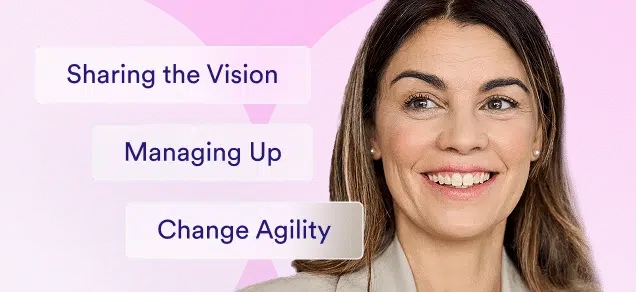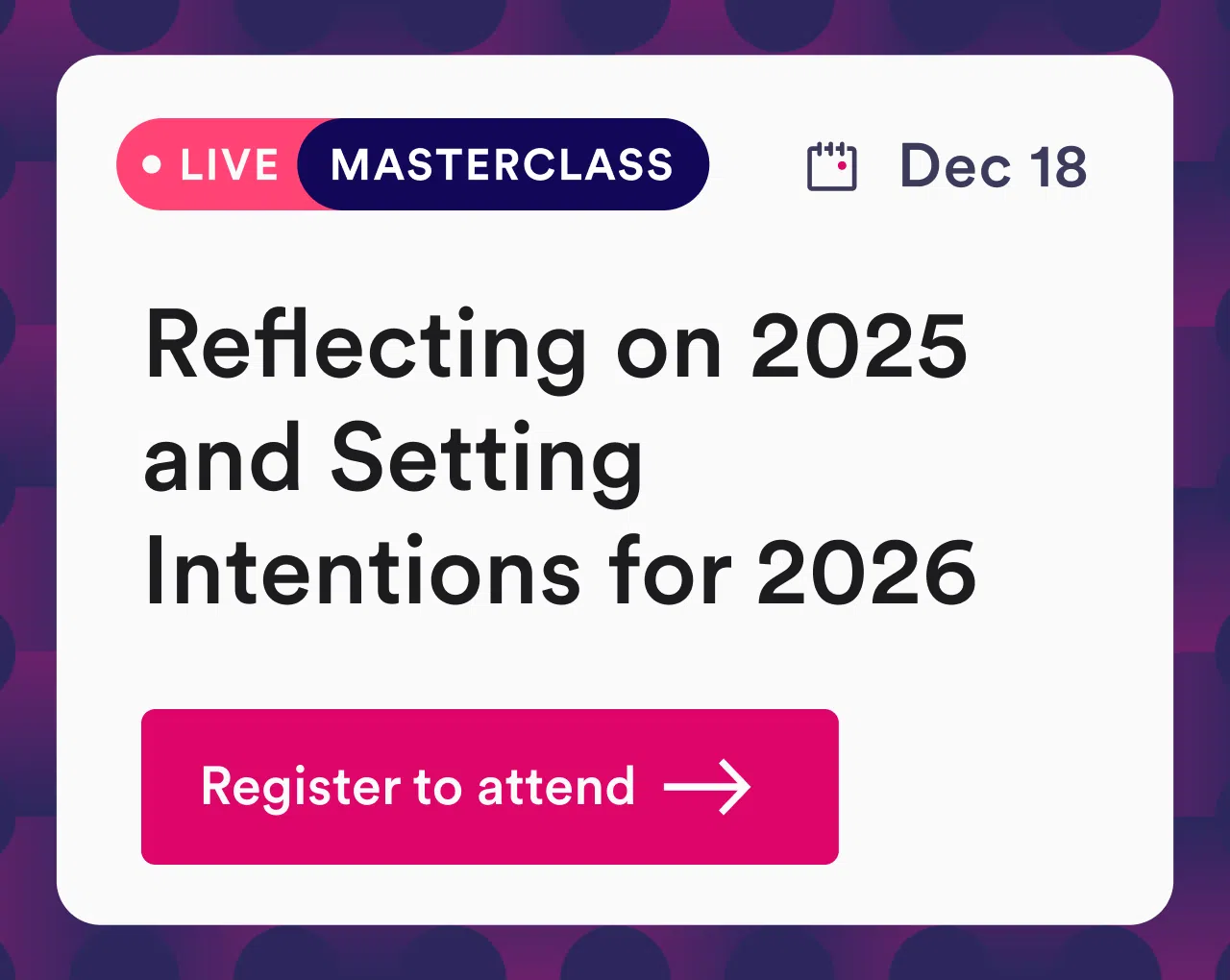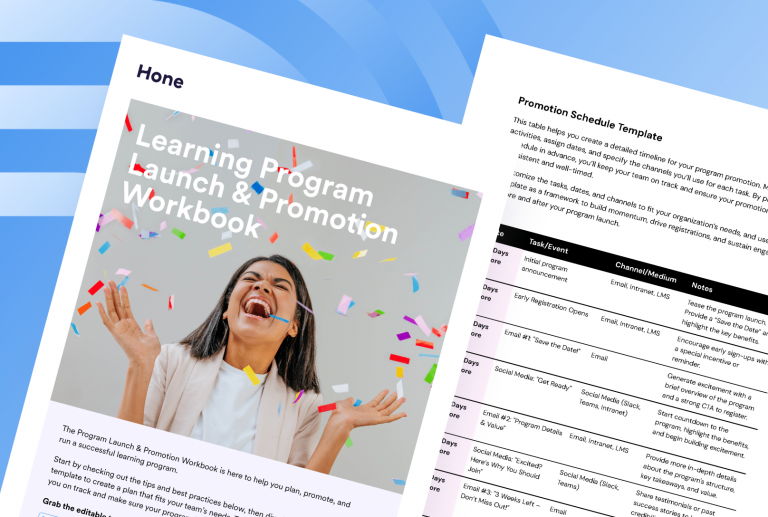What is Mastery Learning?
The definition of mastery learning is a level of proficiency or mastery in a specific subject or skill with a focus on growth. It involves breaking down complex topics or skills into smaller, more manageable units, and providing learners with clear and measurable learning objectives, ongoing feedback, and support until they achieve mastery of the content. Mastery learning can be achieved through a module-based approach. When designing a module-based learning program in learning platforms, the learning objectives and assessments can be designed to align with the mastery learning approach. Each module can be designed to provide the learners with the opportunity to achieve mastery of a specific skill or concept before moving on to the next module.
Why is Mastering Learning Important to Companies?
Traditional learning models focus on teaching individuals based on time, such as a class period or semester. Learners often achieve different levels of competency. Grades, such as receiving an A, B, or C, reflect these levels. Except for failing, learners then move to the subsequent course.
However, with mastery learning, learners must reach mastery before moving to the following competency. Learners receive as much time and support as needed. This method ensures that they thoroughly understand the material before moving on to increasingly complex material. It also stresses the importance of continuous learning in the workplace.
This approach is more of a time and energy investment, but the payoff is substantial. The following are some of its benefits:
- Improved skill acquisition: Mastery learning is designed to help learners achieve a high level of proficiency in a specific skill or subject. This means that employees who undergo mastery learning are likely to acquire skills more effectively and efficiently than they would with traditional training methods.
- Increased productivity: When employees have mastered the skills and knowledge needed to perform their jobs effectively, they are likely to be more productive and efficient in their work. This can lead to increased output, improved quality of work, and overall better business outcomes.
- Higher retention and engagement: Mastery learning can help employees stay engaged and motivated in their work by providing them with clear goals and measurable progress. This can lead to higher retention rates and lower turnover, as employees are more likely to feel invested in their work and committed to their employer.
- Customized learning: Mastery learning is often designed with individual learners in mind, allowing for customized learning experiences that meet the unique needs and learning styles of each employee. This can lead to more effective and targeted learning outcomes, as employees can focus on the areas where they need the most support.
These reasons led to the rise of the mastery learning category. Mastery learning improves employees’ quality of work. Mastery-based education is crucial when professionals have verified job-critical skills, such as doctors.
Additionally, it protects professionals from making uninformed decisions in high-stakes industries, such as healthcare, law, and manufacturing. Some examples of these risks include malpractice suits, heavy fines, or even loss of life.
What are the 10 Main Principles of Mastery Learning?
The following list presents the basic principles of mastery learning.
1. Instructors consistently informed learners of all learning expectations. These include: the long-term expectations, such as graduation competencies, the short-term expectations, like learning objectives, and the general expectations, including the grading and reporting system.
2. Instructors assess the participants’ academic performances against common learning standards and performance expectations.
3. The achievement of expected competencies defines learners’ success since assessments are competency-based and criterion-referenced.
4. Instructors use formative assessments to measure learning progress. Results from these assessments determine how to improve: instructions, teaching practices, and academic support.
5. Instructors use summative assessments to evaluate learning achievement. Results from these assessments record learners’ level of mastery at specific points.
6. Instructors monitor and report participants’ work habits, character traits, and behaviors separately from progress and achievement.
7. Academic grades translate as a learner’s progress. Further, instructors use them to improve and facilitate learning development.
8. When participants fail to meet expected standards, they receive another chance to improve their work.
9. Personalized learning options, differentiated assessments, and alternative learning methods can help realize learning progress.
10. Students can make important decisions about their learning, including contributing to the design of learning experiences and pathways.
What are Mastery Learning Techniques?
Learning and development teams can set employees for success. Organizations should customize content to match their style and methodology when deciding how to train managers. Mastery learning occurs in the following five steps.
1. Pre-Assessment
A pre-assessment ensures learners have mastered the knowledge necessary to progress onto the current material. The instructor moves students backward if they do not have the needed competencies.
2. Instruction
The instructor will only begin teaching the current material once learners have exhibited the competency necessary. Instructors must communicate the grading scale to determine if students have achieved competency.
3. Formative Assessment
Instructors assess learners’ skills and knowledge through formative assessment. Formative assessment measures their competencies through a variety of methods.
4. Correction or Enrichment
Instructors differentiate where learners are in the process. Those who demonstrate high competency can continue to expand their knowledge and skill set through personalized enrichment instruction. Those who have yet to demonstrate mastery receive additional personalized instruction and practice opportunities.
5. Summative Grading
Instructors offer a cumulative test once all students are at or close to mastery. Most models recommend that learners score at least 80% to be considered at the “master” level. Those who do not achieve at the master level receive additional time and support to reach that level of competency.
Overall, mastery learning is an effective approach to teaching and learning that can help employees achieve greater success in their professional pursuits.












